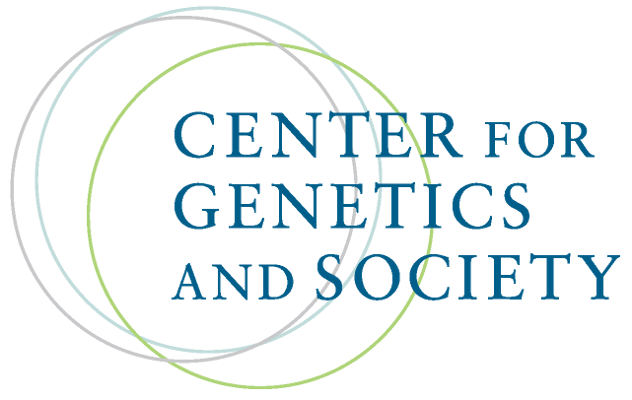Whatever Happened to Human Experimentation?
By Carl Elliott,
Hastings Center Report
| 01. 01. 2016
Untitled Document
Several years ago, the University of Minnesota hosted a lecture by Alan Milstein, a Philadelphia attorney specializing in clinical trial litigation. Milstein, who does not mince words, insisted on calling research studies “experiments.” “Don’t call it a study,” Milstein said. “Don’t call it a clinical trial. Call it what it is. It’s an experiment.”
Milstein’s comments made me wonder: when was the last time I heard an ongoing research study described as a “human experiment”? The phrase is now almost always associated with abuses. Ask people what they think of when they hear the phrase “human experimentation” and chances are they will reply, “Nazis.” James Jones gave his book Bad Blood the subtitle The Tuskegee Syphilis Experiment. Philip Zimbardo’s controversial study on the psychology of imprisonment is commonly referred to as “The Stanford Prison Experiment.” New Zealand’s most notorious research scandal, on women with cervical carcinoma in situ at Auckland Women’s Hospital, is known colloquially as “The Unfortunate Experiment.” Asking a prospective subject to sign up for a medical experiment would probably get roughly the same response...
Related Articles
By Jonathan Matthews, GMWatch | 12.11.2025
In our first article in this series, we investigated the dark PR tactics that have accompanied Colossal Bioscience’s de-extinction disinformation campaign, in which transgenic cloned grey wolves have been showcased to the world as resurrected dire wolves – a...
By Jessica Hamzelou, MIT Technology Review | 11.07.2025
This week, we heard that Tom Brady had his dog cloned. The former quarterback revealed that his Junie is actually a clone of Lua, a pit bull mix that died in 2023.
Brady’s announcement follows those of celebrities like Paris...
By Lauran Neergaard, AP News | 11.03.2025
WASHINGTON (AP) — The first clinical trial is getting underway to see if transplanting pig kidneys into people might really save lives.
United Therapeutics, a producer of gene-edited pig kidneys, announced Monday that the study’s initial transplant was performed successfully...
By Meagan Parrish, PharmaVoice | 10.10.2025
When CEO Ben Lamm steps into the spotlight, it’s usually to talk about his efforts bringing extinct animals back to life. Once a far-flung idea, Lamm and the company he heads, Colossal Biosciences, have proven they can pull it off...



